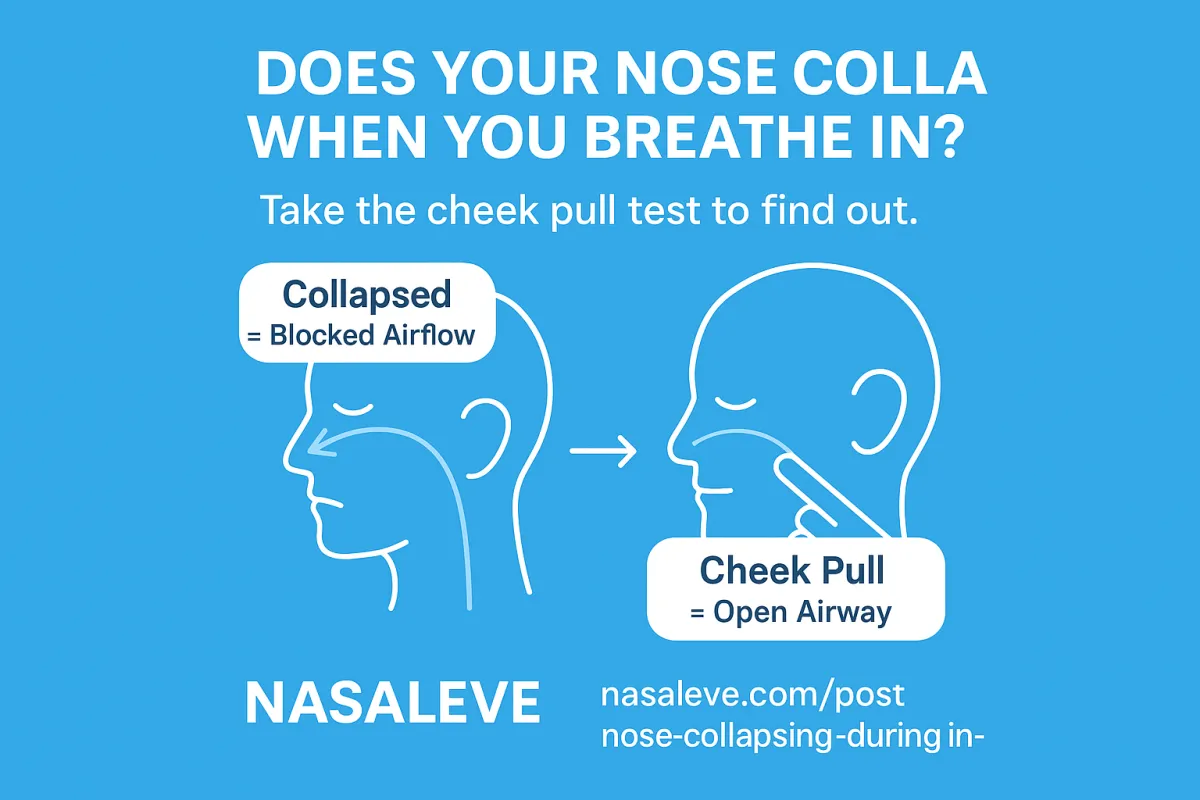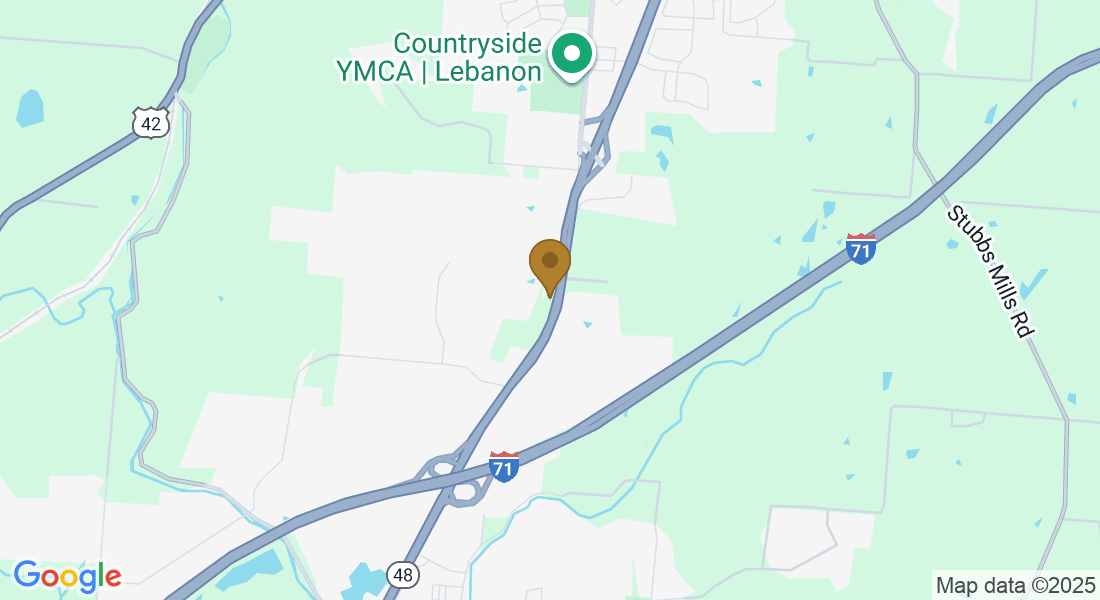
How to Tell If Your Nose Is Collapsing During Inhalation
Introduction
Ever feel like your nose “shuts down” when you try to take a deep breath? You might notice one side collapsing inward, or feel resistance as you inhale. This isn’t just congestion — it’s often a sign of internal nasal valve collapse, one of the most common and underdiagnosed causes of breathing difficulty.
Here’s how to tell if it’s happening — and what you can do about it.
What Is Nasal Valve Collapse?
The internal nasal valve is the narrowest part of your airway, located just inside your nose. It plays a critical role in controlling airflow. When it weakens or collapses during inhalation, airflow becomes restricted, leading to:
Difficulty breathing through the nose
Noisy or turbulent airflow
Snoring or mouth breathing at night
Fatigue or poor sleep quality
Signs Your Nose Might Be Collapsing
You feel airflow resistance when you inhale through your nose.
One side of your nose caves inward when you breathe deeply.
Pulling your cheek outward (to the side) instantly improves breathing.
You rely on mouth breathing, especially at night or during exercise.
You’ve tried nasal strips or sprays, but they don’t give lasting relief.
These are strong indicators that the problem isn’t just congestion — it’s structural.
The “Cheek Pull Test”
A quick way to tell if your internal nasal valve is collapsing:
Place two fingers on your cheek, just beside your nostril.
Gently pull the skin outward toward your ear.
If breathing immediately feels easier — you’ve identified the issue.
That simple improvement shows the internal nasal valve was narrowing during inhalation.
Why Nasal Strips and Sprays Fall Short
Over-the-nose strips pull upward, not outward. They don’t support the internal nasal valve where collapse actually happens. Sprays can temporarily reduce swelling but don’t stabilize the valve structure itself.
That’s why many people try these solutions and still struggle to breathe comfortably.
How Nasaleve Helps
Nasaleve was designed specifically to target this problem. By anchoring gently to the sides of the nose and pulling laterally, it supports the internal nasal valve exactly where collapse occurs.
This helps:
Prevent airway narrowing during inhalation
Restore smooth nasal breathing
Reduce mouth breathing and snoring
Support natural airflow for sleep and exercise
When to See a Specialist
If you experience constant nasal blockage or your breathing doesn’t improve even with external support, it’s worth consulting an ENT (Ear, Nose, and Throat specialist). They can confirm valve collapse or check for other causes like a deviated septum.
Final Thoughts
If your nose feels like it “shuts down” every time you take a deep breath, don’t ignore it. Nasal valve collapse can quietly undermine your breathing, sleep, and energy levels.
By recognizing the signs early — and supporting airflow with tools like Nasaleve — you can breathe easier, sleep better, and reclaim your comfort.
Call to Action:
👉 Take the “cheek pull test” today. If it helps, see how Nasaleve supports your internal nasal valve naturally.


